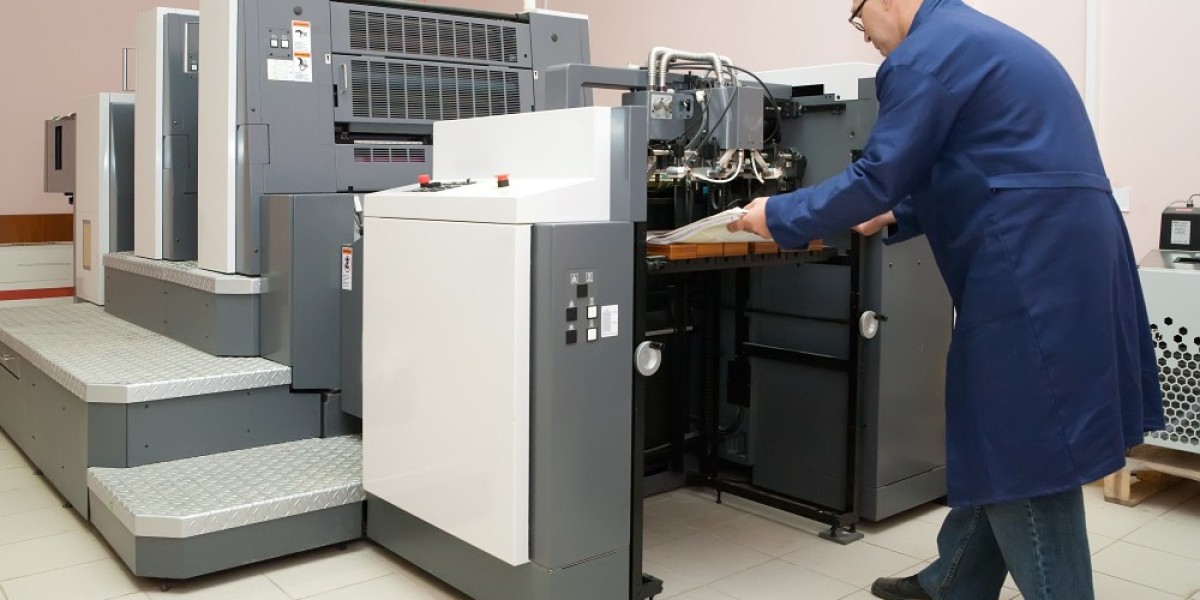Every board has encountered circumstances where meeting minutes needed to be reviewed to understand the details of a past discussion or decision. Check out 8 Steps to Great Minute Taking - How to Take Minutes.
As boards often find themselves delving into the intricacies of past deliberations or judgments, the necessity of reviewing meeting minutes becomes apparent. However, this task can become cumbersome, particularly if the minutes are improperly transcribed or challenging to recall. Learning how to take minutes effectively, therefore, proves important for any organization.
8 Steps to Great Minute-Taking
A question that often arises is: How can I ensure I’m taking good meeting minutes? Here are eight tips for crafting a quality set of minutes:
- Listen actively: Active listening plays a crucial role in the process of how to take minutes effectively during meetings. It involves more than just hearing words; it’s about understanding the underlying messages, key points, and decisions being communicated. This skill enables the minute-taker to capture not only the facts but also the context, when appropriate. When one masters how to take minutes through active listening, they can accurately record the essence of the meeting, ensuring that the minutes are a reliable and useful resource for all stakeholders. Active listening aids in distinguishing between critical decisions and general discussions, making the minutes concise and focused.
- Know what to include: When taking minutes, discretion is necessary. Not every spoken word finds its place in the minutes. Table talk that does not contribute to relevant topics should be omitted. Focus on substantive content; avoid including non-contributory information that does not align with the meeting’s objectives.
- Be clear: Minutes should provide a clear snapshot of who participated and the backdrop in which discussions unfolded. If a future board member recalls past minutes, they should be able to clearly identify who was present and understand the context of what took place. List out meeting attendees by name, title, and affiliation or purpose, including guests and representatives.
- Be consistent: A good set of minutes maintains consistency throughout, fostering readability and professionalism. From formatting to language use, maintaining a standardized approach across all minutes enhances their accessibility and comprehension.
- Use impartial language: Objective language is pivotal in minute-taking. Using impartial language, free from personal biases or affiliations, ensures neutrality and accuracy in recording decisions and discussions. Refrain from writing in the first or second person.
- Understand when to use in-camera minutes: Confidential matters require discretion. Items pertaining to employees of the organization, investigations, lawsuits, or specific members or residents typically need to be kept separate in an in-camera section, ensuring restricted access as necessary.
- Edit carefully: Key to understanding how to take minutes is understanding how to edit minutes. The integrity of minutes hinges on their accuracy and clarity. Implement stringent editing procedures to refine and enhance the quality of your minutes. Ensure your minutes are properly edited for content, grammar, and syntax.
- Structure your notes: Knowing how to take minutes effectively includes systematically organizing your notes. Utilize bullet points or structured outlines to ensure a logical flow, making it easier to comprehend and reference later.
Click here to know more about How to Take Minutes.



